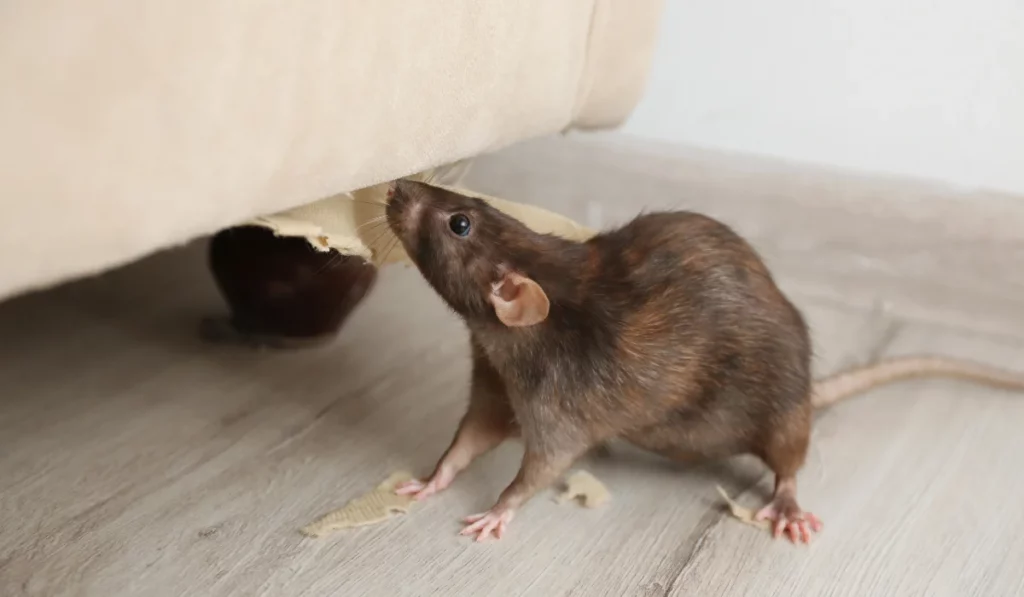You grin with a smile of satisfaction. It’s been two days since you applied the cockroach control systems to your kitchen, and it looks like it’s working. A few weeks pass, and you’re pleased with your results.
Then it happens.
You see a tiny cockroach scurrying across the kitchen sink, trying to escape your line of sight and hide under the toaster. What? How is that possible?
You thought you had the problem licked, but you didn’t account for the egg cycle of these pests. Now it’s back to the drawing board.
When eliminating pests from your home, you must consider the egg cycle of the species you’re targeting. This post unpacks everything you need to know about the egg cycles of common house pests.
Why do we treat for the egg cycle of pests? Here are some of the most common reasons why.
 1st pest control service just $49
1st pest control service just $49
Must schedule service online.
Act now. Limited time offer.
Cockroach Egg Cycles
Cockroaches are probably the hardiest and most persistent insects on planet earth. We’ve all heard the rumors that these bugs could survive a nuclear blast. Well, while you don’t have to go to that extreme to get rid of the roaches, you need to keep them under control.
Cockroaches can survive for up to seven weeks without food and breed and reproduce rapidly. Roaches are a huge cause for concern, especially in the kitchen. They spread diseases, creating a health hazard in your home.
Interior cockroach control systems prevent the roaches from reaching maturity, reducing the insect’s capacity to lay eggs. While the initial treatment is usually effective, it will not terminate the eggs.
So, you’ll have to run a secondary treatment four weeks later, followed by a third treatment four weeks after the second, to break the egg cycle. After the third treatment, you can step back to a quarterly control schedule.
Bed Bug Egg Cycles
Bed bugs are a huge problem in urban environments, especially in densely populated areas. These pests find their way into your home by catching a ride on you or your clothing after you visit an infected site, like a movie theatre, hotel, or even a retail store.
Bed bugs are hard to detect in the home, and up to 30% of people don’t experience any bite marks after the bugs finish feeding on your, making them challenging to identify.
A pest control professional will apply an interior pest control system to eliminate bed bugs. Like cockroaches, you require a second and third treatment, spread four weeks apart to break the egg cycle.
Ant Egg Cycles
Did you know scientists estimate there are 1.3-million ants on earth for every human? That’s quite a ratio. There are hundreds of ant species in North America, and many create massive amounts of property damage when they create a colony.
Avoid using contact pesticides around your home. Treating the problem at the surface level will cause the queen to increase egg production because she senses her subordinates dying. The result is an even bigger infestation on your property.
Pest control services use a combo of delayed-release insecticides, baits, and growth regulators to give the worker ants time to drag it back to the nest. IGRs limit the queen’s capacity to lay eggs while eliminating the colony.
After the initial treatment, the pest control professionals will need to follow up with a second treatment four weeks later to break the ant egg cycle. After eliminating the colony, you can return to a quarterly preventative strategy.
Spider Egg Cycles
Are you terrified of spiders? You’re not alone. More than a quarter of Americans state they suffer from ‘arachnophobia,’ the fear of spiders. With over 4,000 species in North America, that’s a lot of terror crawling around neighborhoods across the country,
Pest control specialists use iCAP technology to coat pesticide particles with polymer-based lipophilic capsules. These particles stick to the arachnid’s wax-like cuticles after they come in contact with a treated surface. The spider drags the pesticide back to its nest and consumes it when grooming its legs.
Some species can lay up to 3,000 eggs, requiring you to treat the egg cycle. Pest control experts will treat your home again four weeks after the initial visit to break the egg cycle.
Wasp Egg Cycles
Wasps and hornets are a huge problem if they infest your yard. The largest ground-based wasp nest recorded in the United States weighed over 200 lbs! Thousands of wasps flying around in your yard will reduce your quality of life and cause property damage.
These flying pests build nests on fences, under eaves, inside roofs, and even in cars. Wasp swarms can cause severe injuries or even death from anaphylactic shock if you receive too many stings. Wasps and bees release a pheromone when they sting you, which attracts more wasps to the scene.
Pests control experts will visit your property and coat the nest in insecticide. They remove the nest and soak each part in the insecticide to ensure the hornets or wasps don’t survive. You’ll need a follow-up treatment four weeks later to break the egg cycle and keep these flying pests off your property.
Flea Egg Cycles
Fleas feeding on rats brought the ‘Black Plague’ to Britain in the mid-1300s, killing over 100,000 people in 18 months as the disease spread throughout the community. Fleas find their way into your home by catching a ride on your pets. Animals like cats like to roam, picking up these parasites during their adventures.
However, pets aren’t the only vector for the spread of fleas. They can find their way into your home by catching a ride on your children after petting an infected animal or walking across a nest in a field. After they enter your property, they set up shop in the carpet, curtains, furniture, clothing, and bedding.
The infestation will spread fast, especially if you live in warm areas in the United States. Pest control professionals treat the infestation with Insect Growth Regulators, preventing the fleas from reaching their sexual maturity, and disrupting the insect’s ability to produce eggs. They’ll follow up with a second treatment two weeks later to break the egg cycle and keep your property flea-free.
Stink Bug Egg Cycles
Don’t let the foul scent of stink bugs ruin your summer afternoon on the porch. Call pest control experts to remove them from your property. Female stink bugs lay between 30 to 100 eggs in a sitting, placing them under leaves in rows, out of sight. There are no natural predators for these bugs, so infestations can get out of hand fast.
Stink bug eggs have a barrel shape, resembling tiny pistachio nuts. Depending on the species, the eggs can vary in color. The females lay their eggs in the spring when the temperatures rise. While the female lays the eggs outdoors, the bugs will likely fly inside your home to escape the elements.
Pest control professionals use broadcast pesticide treatments in your yard to kill the stink bugs and the eggs. They may have to return in four weeks for a secondary treatment to break the egg cycle, depending on the extent of the infestation.
 1st pest control service just $49
1st pest control service just $49
Must schedule service online.
Act now. Limited time offer.
Call The Professionals for Pest Control and Break the Cycle
Contact a pest control professional to help you break the pest egg cycle. Treating it yourself with DIY methods won’t produce lasting results. A surface DIY treatment might temporarily slow down the infestation, but it won’t eliminate it completely.
DIY treatments on most of the pests mentioned in this post won’t produce effective, lasting results for your property. You need the assistance of a professional pest control service to keep your property pest-free.
You need a pest control expert that understands the egg cycle. They’ll use specialized pesticides to eradicate the pests and provide lasting results with follow-up treatments. With a pest control expert handling your infestation, you’ll receive a pest-free property and drastically reduce the chances of the pests reappearing in your home, business premises, or commercial building.


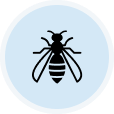
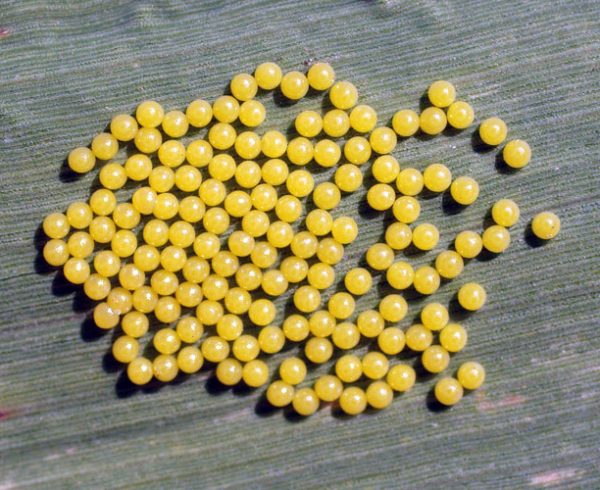
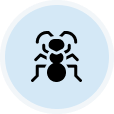
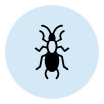

 You’re supporting a small, local business
You’re supporting a small, local business

